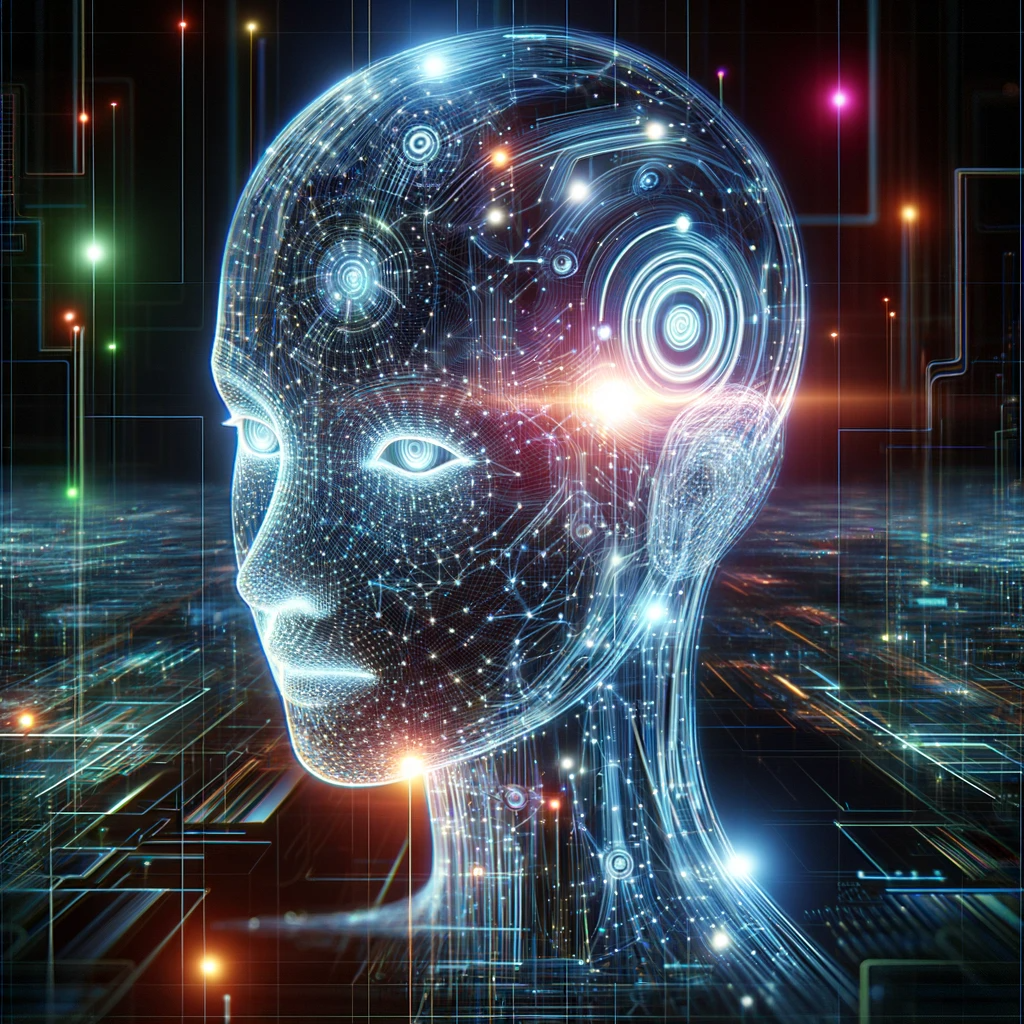Harnessing LinkedIn’s Open-Source Framework for Enhanced Developer Productivity
I’m excited to share with you a fascinating project I’ve been working on recently – the creation of a GPT Assistant, which I’ve affectionately named the Developer Productivity and Happiness Assistant (DPHA).
LinkedIn’s Open-Source Framework: A Catalyst for Innovation
Recently, LinkedIn made headlines by sharing its Developer Productivity Framework (The New Stack article) and opening its doors to the broader tech community through their GitHub repository. Inspired by this, I embarked on an intriguing journey to transform this framework into a practical AI tool.
The Birth of DPHA: From Concept to Reality in Fifteen Minutes
Believe it or not, converting this repository into a GPT Assistant was a remarkably swift process, taking about fifteen minutes. You can check out the DPHA here. This swift turnaround was an eye-opener, showcasing the immense potential and efficiency of AI in modern software development.
Exploring the GPT Store: A New Avenue for Monetization
As someone keenly interested in the evolving landscape of AI, I’ve been exploring the idea of creating GPTs as a potential revenue stream, especially with the emergence of OpenAI’s app store (Forbes article). DPHA is my first foray into this domain.
Spreading the Word: LinkedIn and GitHub Discussions
To gauge interest and gather feedback, I’ve shared DPHA with my LinkedIn network and also posted a link to the GitHub discussion for the repository (GitHub Discussion). These platforms are excellent for attracting traffic and engaging with potential users, especially developers who might benefit from this tool.
Test Driving DPHA: A Glimpse into the AI’s Capabilities
My first interaction with DPHA was simple yet revealing. I started with a “let’s get started” prompt and followed the assistant’s lead. The conversation was insightful, with DPHA adeptly handling queries and offering valuable suggestions based on the Developer Productivity Framework. Here’s a snippet of our conversation, tailored to my context.
Business Context:
- DAO Operating Model: Unique collaborative and decision-making processes.
- Focus on LLM-Based Tools: High engagement with cutting-edge AI technologies.
- Participation in Tech Sprint: Opportunity for recognition and scaling.
Team and Tools:
- Small Team with Diverse Experience: Your extensive tech experience combined with Laren’s current academic perspective.
- Current Tools: GitHub, IntelliJ/PyCharm, OpenAI, various FOSS projects.
- Pain Point: Transitioning from Replit to GCS with proper CI/CD pipelines using GitHub Actions.
Goals and Challenges:
- 2024 Goals: Enhancing personal automation projects, succeeding in the challenge.org tech sprint, launching GPT assistants, and building tools for personal branding.
- Pain Points: Deployment issues, desire for smoother CI/CD processes.
- Metrics and Feedback: Basic time tracking, concerns about code quality and build integrity.
Recommendations:
Workflow Optimization:
- Transition to GCS: Plan a phased migration to Google Cloud Services, ensuring minimal disruption. Start with less critical components to gain familiarity.
- CI/CD Pipeline: Implement GitHub Actions for continuous integration and delivery. Start with basic build and test automation and gradually incorporate more complex workflows.
Metrics and Feedback Systems:
- Code Quality Metrics: Integrate tools like SonarQube or CodeClimate with your GitHub repository to automatically review code quality and maintain clean code.
- Build and Deployment Metrics: Track build success rates, deployment frequency, and time-to-recovery in case of failures.
- Time Tracking Review: Schedule regular reviews of time tracking data to identify bottlenecks or inefficiencies in your development process.
Team Collaboration and Growth:
- Regular Check-ins: Have weekly sync-ups with your team to discuss progress, challenges, and brainstorm solutions.
- Learning and Development: Encourage Laren to bring in new ideas from her academic background and allocate time for learning new technologies and best practices.
Project Management:
- Agile Practices: Implement agile methodologies like Scrum or Kanban to manage your projects. This can help in better handling your diverse project portfolio.
- Task Management Tool: Use tools like Trello or Jira for better task visibility and prioritization.
Risk Management:
- Version Control Best Practices: Ensure that you’re using feature branches, pull requests, and code reviews to maintain code quality and prevent breaking the build.
- Backup and Recovery Strategies: Regularly back up your code and have a disaster recovery plan, especially important when working with cloud services.
Innovation and Experimentation:
- Blockchain and AI Integration: Keep experimenting with blockchain and AI in your personal projects, as this aligns with your interest and business model.
Participation in Challenge.org Tech Sprint:
- Focus on MVP: Concentrate on building a Minimum Viable Product (MVP) for the tech sprint, leveraging your strengths in AI and blockchain.
Building Personal Brand:
- GPT Assistants Deployment: Progress with deploying GPT assistants on the OAI store, potentially using this as a case study or showcase for your brand.

